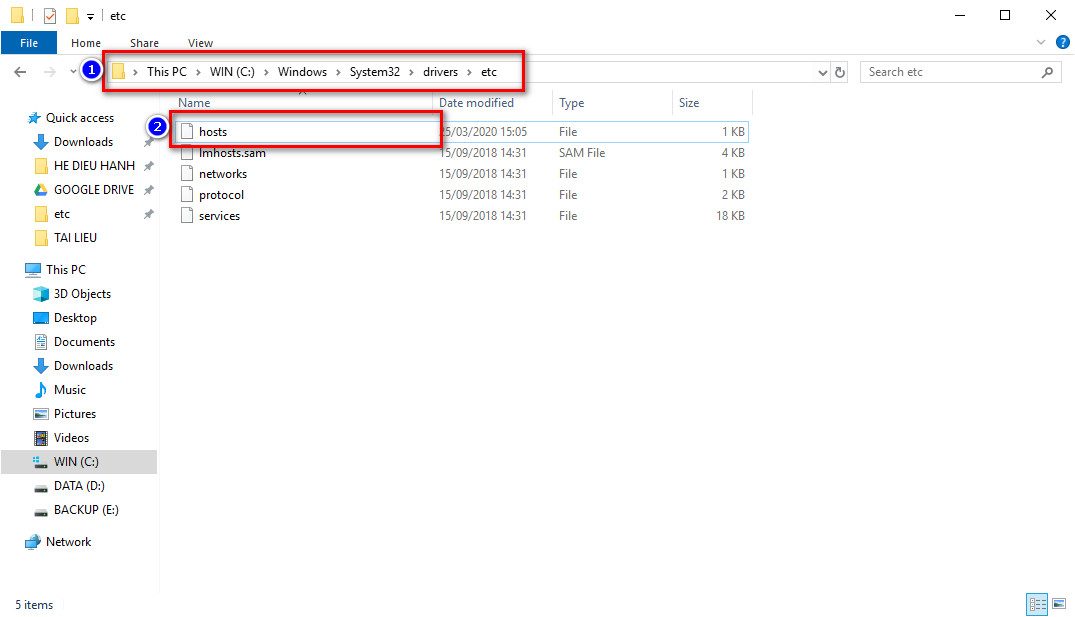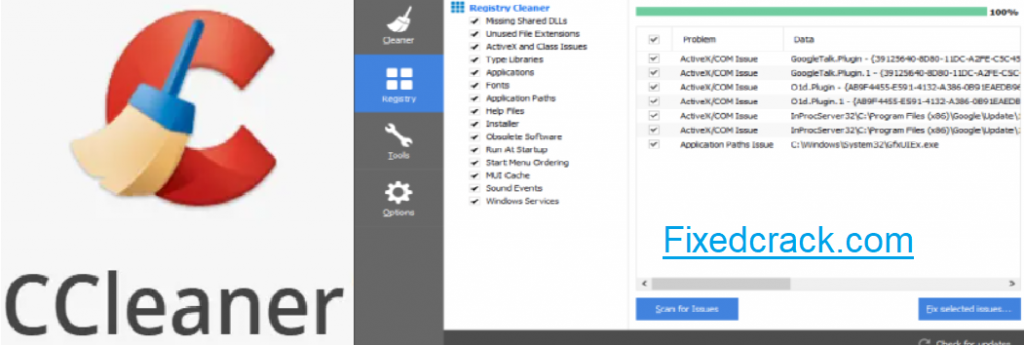



There can be only one short name in the file and it must be unique across all The top level item is a short name that Salt will use to reference the software. It is also the name that will appear when Saltįinds a match in the repo when running pkg.list_pkgs. The next indentation level is the version number.

Msiexec : Use msiexec to install this packageĪllusers : If this is an MSI, install to all usersĬache_dir : Cache the entire directory in the installer URL ( salt://)Ĭache_file : Cache a single file in the installer URL ( salt://) Uninstall_flags : The flags required to uninstall silently Uninstaller : The location of the uninstaller binary Install_flags : The flags required to install silently Installer : The location of the installer binary #MINION DEFINITION FULL#Īvailable parameters are:įull_name : The full name as displayed in Add/Remove Programs The last indentation level contains the information Salt needs to actually There can be many of these,īut they must be unique within the file. Source_hash : The hash sum for the installer Use_scheduler : Launch the installer using the task scheduler #MINION DEFINITION INSTALL# ' uninstall_flags : '/qn /norestart' msiexec : True cache_file : salt://win/repo/MyApp/MyApp.1.1.msp Practices for working with Jinja in Salt: The following links have some basic tips and best To understand these examples you'll need a basic Usage of these parameters is demonstrated in the following examples andĭiscussed in more detail below. There are a few things to note about this software definition file. Version 1.1 uses the same installer, but uses the cache_file option to There is nothing special in the install_flags and nothing is Just installs the application using the 1.0 MSI defined in the installer The solution we are trying to solve, that of applying a patch. The final step to getting this to work is to add the additional /update flag In order for this to work the MSP file needs toīe in the same directory as the MSI file on the file_roots.


 0 kommentar(er)
0 kommentar(er)
